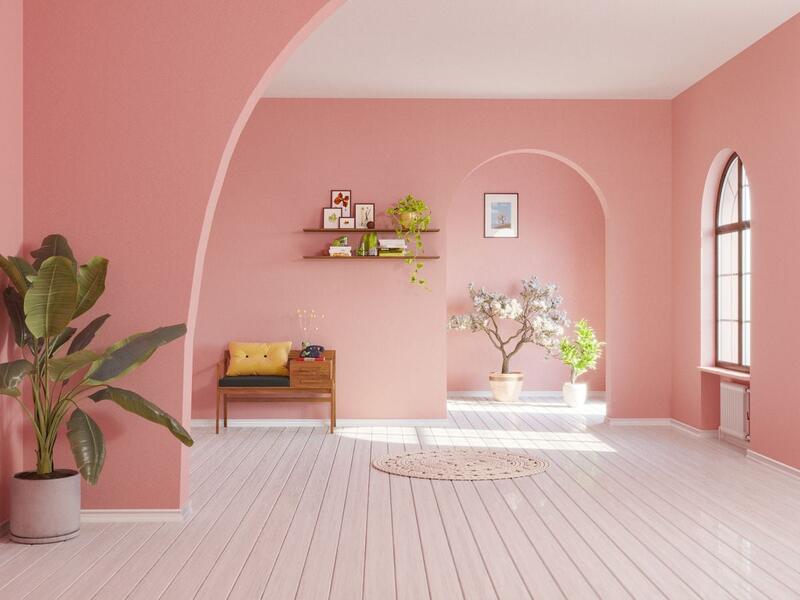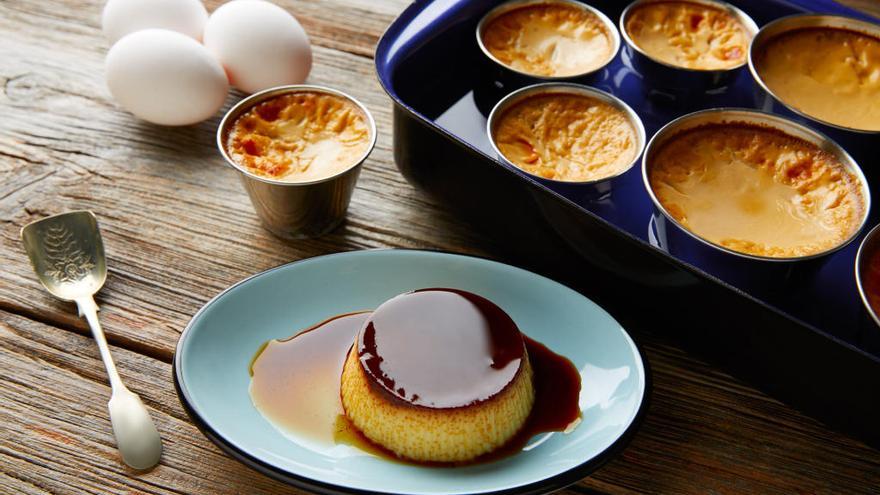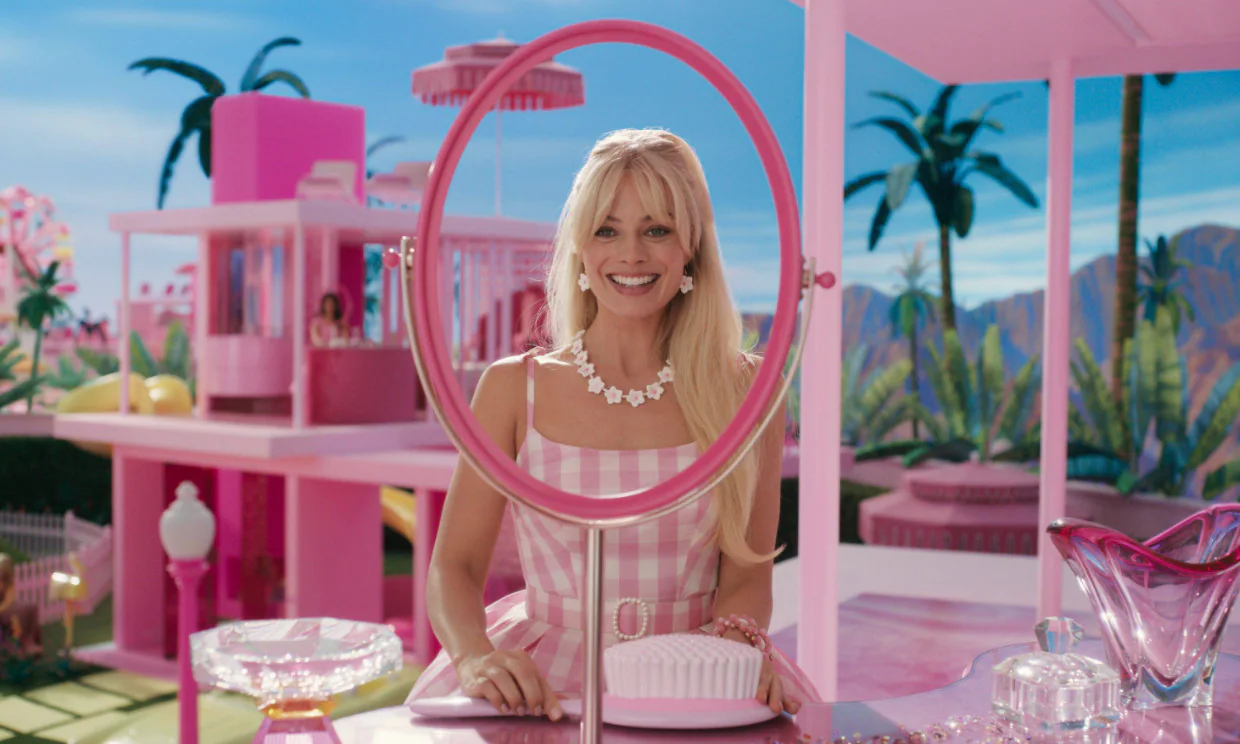
In the midst of the pandemic, journalist Juanjo Villalba wrote about the tendency to seek solace in beautiful spaces and the phenomenon of “design porn” during lockdowns. He discussed how decoration serves as a refuge during challenging times, creating a sense of security and attachment. Indeed, there’s a certain familiarity and comfort in gazing at other people’s homes, akin to the pleasure derived from comfort food on a Tuesday night. It’s unsurprising, given our hyperconnected society’s fascination with productivity, that people seek out virtual spaces to imagine a better life.
This sentiment is echoed by comments on forums and social media, where individuals express leisurely enjoyment in browsing through homes, describing their ideal breakfast in a kitchen with a view. Bea de Lara and Julio de Manuel pondered this in their newsletter FAQ Adulting a few months ago. While De Manuel compared apartment prices and calculated what he could or couldn’t afford if he were to be evicted, De Lara became curious about the expensive houses for sale and their interior design. They both realized that many of their friends and colleagues shared similar experiences. “It was a mix of anxiety and fantasy,” says Bea. “I think we enjoy indulging in that constant ‘what if (I were rich)’ fantasy. Imagining ourselves living there and fantasizing about a better life.” However, they are certain that browsing through property listings is also a perfect excuse to steal decorating ideas and adapt them to their own homes.
The Rise of Fantastic Frank and the Redefinition of Real Estate Marketing
Much of this phenomenon can be attributed to Fantastic Frank, which revolutionized the real estate world 13 years ago and changed the perception of what rental and sale properties should look like. Their success lies in presenting spaces in a way that potential clients can envision their real possibilities, turning every image into a home. Their motto, “Inspire to buy,” resonates strongly with their audience. With offices in five countries, including Spain, the company quickly gained global recognition and digital prominence, attracting over a million and a half monthly visits to their website and selling over 2,000 properties over the years.
Enter The Modern House: Redefining Real Estate with Editorial Flair
Following in Fantastic Frank’s footsteps, The Modern House emerged as a prominent player in the real estate market. With nearly 700,000 followers on Instagram, The Modern House has become an international reference point. Their properties, often listed in the millions of pounds, have garnered attention for their unique architectural styles and design aesthetics. Founded in 2005, The Modern House’s founders, Matt Gibberd and Albert Hill, brought their expertise from the world of design publications and architecture to create a real estate agency that prioritizes editorial content over sales pitches.
In 2021, The Modern House launched Inigo, a subsidiary dedicated exclusively to historic homes that are part of Britain’s heritage. With a collection of spectacular estates in rural areas and period country houses reminiscent of Jane Austen novels, Inigo has captured the imagination of its audience. By delving deep into the history of each property and adding their editorial touch, Inigo creates a tangible sense of escapism and fantasy, inviting readers to envision themselves living in such homes.
The Home Hunter: Bringing Style and Innovation to Spanish Real Estate
In Spain, The Home Hunter stands out as a leader in the real estate market. Founded in 2013 by Tessa Muga and Román Macià, The Home Hunter positions itself as an oasis in the real estate landscape, catering to the modern era of social media and internet-driven communication. With a strong presence on Instagram, they have cultivated the largest community within the Spanish real estate sector. By showcasing properties through daily stories on their profile, The Home Hunter has streamlined the process of renting and selling homes in Barcelona and Madrid.
The Impact of Interior Design on Real Estate
The team at The Home Hunter understands the importance of interior design in shaping people’s perceptions of a property. They were pioneers in Spain of the concept of home staging, which involves decorating a space to enhance its appeal to potential buyers. By creating homes that they themselves would want to live in, The Home Hunter has transformed the way properties are marketed and perceived in Spain.
Conclusion: The Intersection of Real Estate and Interior Design
In conclusion, the phenomenon of browsing through real estate listings goes beyond mere curiosity; it speaks to a desire for change and a yearning for something better. Whether it’s finding comfort in beautiful spaces, indulging in fantasies of a different life, or simply seeking inspiration for one’s own home, the allure of design porn continues to captivate audiences worldwide. Through innovative marketing strategies, editorial flair, and a keen understanding of the intersection between real estate and interior design, companies like Fantastic Frank, The Modern House, and The Home Hunter have redefined the way we view properties and imagine our lives within them. As we navigate the post-pandemic world, the dream of a better home remains a powerful driving force, reminding us of the timeless allure of “what if.”


